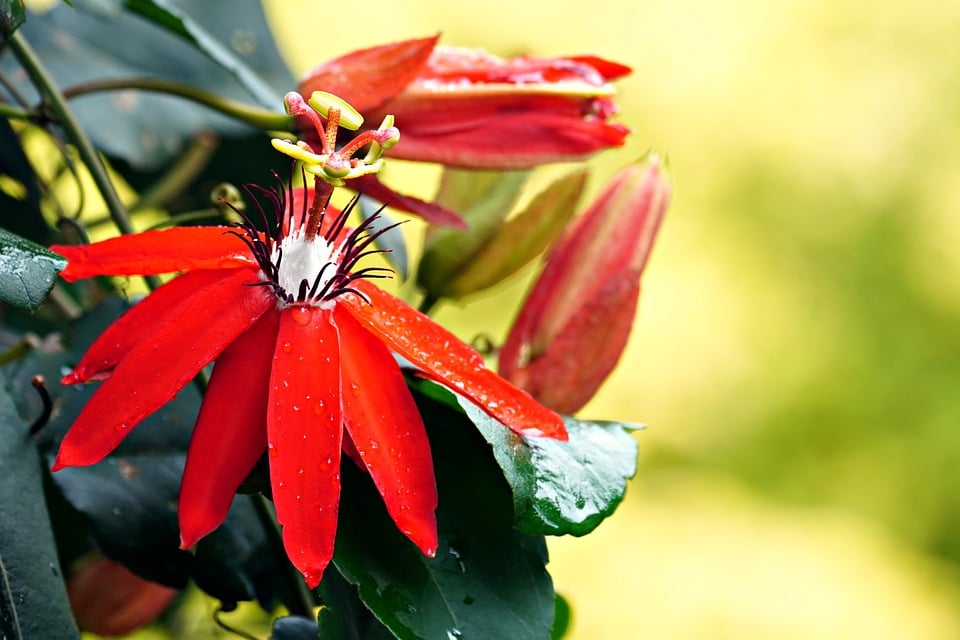[ad_1]
In today’s interconnected world, the concept of collective consciousness has taken on new significance. The evolution of human society from small tribal groups to a global community has transformed the way we think, interact, and perceive the world around us. This article will explore the evolution of collective consciousness, from its origins in tribal societies to its current manifestations in the globalized world.
Understanding Tribal Consciousness
Throughout human history, people have lived in small tribal societies, where collective consciousness was shaped by kinship, shared beliefs, and a strong sense of community. In these societies, individuals identified closely with their tribe, and decisions were made for the benefit of the group as a whole. Tribal consciousness was characterized by a deep connection to nature, rituals, and traditions that reinforced social cohesion.
– Key characteristics of tribal consciousness:
– Strong kinship ties
– Shared rituals and beliefs
– Sense of community and belonging
The Rise of National Consciousness
As human societies grew in size and complexity, tribal consciousness evolved into national consciousness. The development of nations brought people together based on shared language, culture, and history. National consciousness was characterized by a sense of loyalty to the nation-state, patriotism, and a collective identity that transcended tribal allegiances. The rise of nation-states led to the formation of governments, institutions, and laws that governed large populations.
– Key features of national consciousness:
– Loyalty to the nation-state
– Patriotism and national pride
– Formation of governments and institutions
The Emergence of Global Consciousness
In the modern era, the evolution of technology, communication, and globalization has given rise to a new form of collective consciousness: global consciousness. Global consciousness is characterized by a sense of interconnectedness, interdependence, and shared responsibility for the planet. People now identify as global citizens, transcending national boundaries and working together to address global challenges such as climate change, poverty, and human rights.
– Key elements of global consciousness:
– Interconnectedness and interdependence
– Shared responsibility for global issues
– Transcendence of national boundaries
Future Trends in Collective Consciousness
Looking ahead, the evolution of collective consciousness is likely to continue as we grapple with the challenges of the 21st century. As technology advances and our world becomes increasingly interconnected, we can expect to see a further blurring of national boundaries and the emergence of new forms of collective identity. The rise of social media, virtual reality, and artificial intelligence will reshape how we connect with others and perceive the world around us.
– Predictions for future trends:
– Increased global collaboration
– Greater emphasis on sustainability and social justice
– Integration of technology into collective consciousness
Conclusion
In conclusion, the evolution of collective consciousness from tribal to global mindsets has been a transformative journey for humanity. As we navigate an increasingly interconnected world, it is essential to cultivate a sense of global awareness, empathy, and cooperation. By embracing our shared humanity and working together to address global challenges, we can create a more sustainable and harmonious world for future generations. Thank you for reading and reflecting on the evolution of collective consciousness, and I encourage you to explore further resources on this fascinating topic.
[ad_2]
